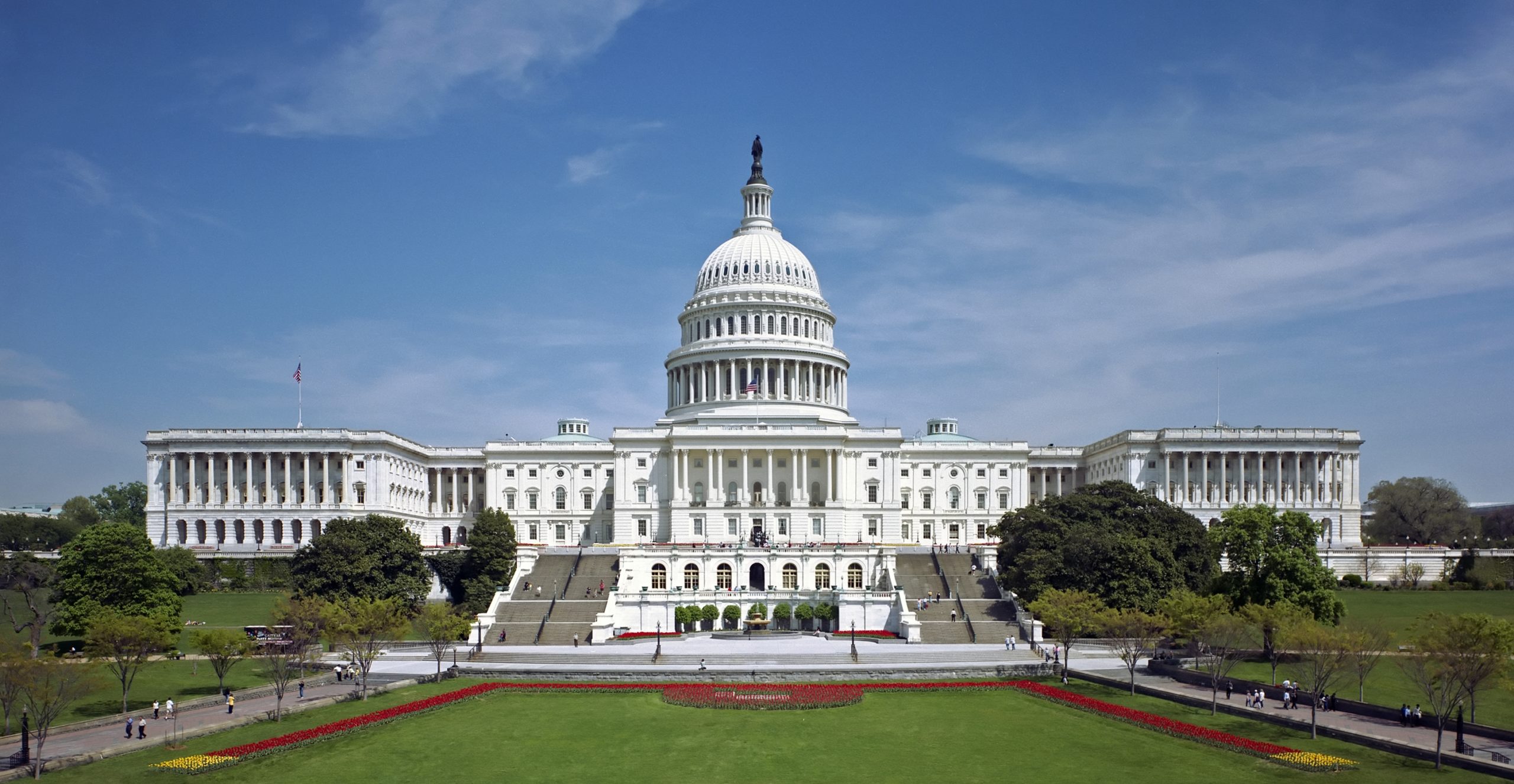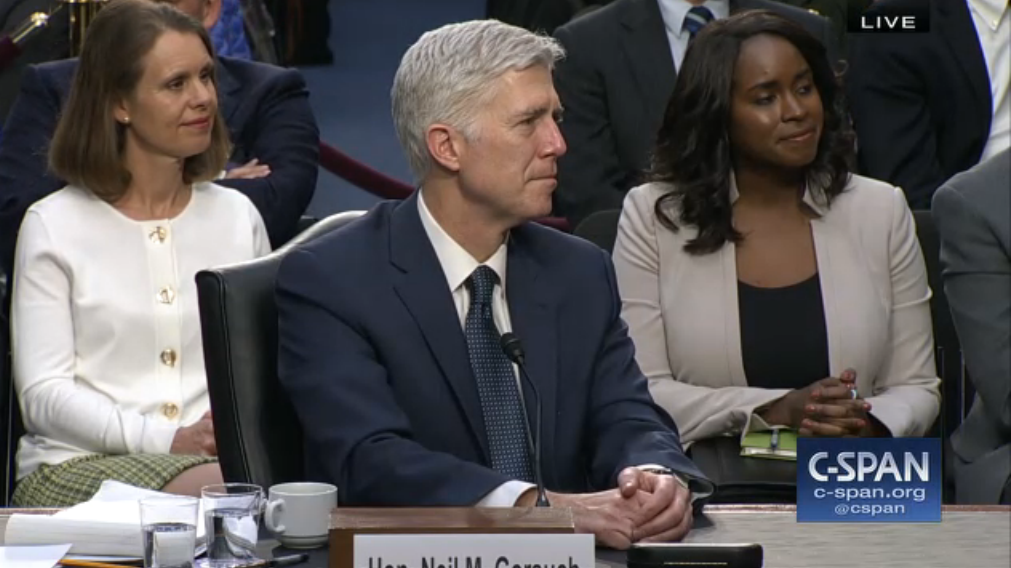2023 Census Data Shows Child Poverty Increased and Gender Wage Gap Widened
Washington, DC – Today, the U.S. Census Bureau released its annual poverty, income, and health insurance data for 2023, revealing a number of alarming trends, including an increase in the child poverty rate and the first significant widening of the wage gap between men and women in two decades.
Emily Martin, chief program officer at the National Women’s Law Center (NWLC), responded with the following statement:
“Poverty is a policy choice. A widening gender wage gap is a policy choice. We know what it will take to reduce child poverty and support women’s economic opportunity – and yet every day, lawmakers make the choice not to act,” she said.
“All these numbers show us moving backwards – in the very same year that our country went without a federal right to abortion for the first time in almost 50 years. This data underscores the urgent need for lawmakers to finally provide more robust support to help women and families make ends meet. Investing in family priorities, such as an expanded Child Tax Credit and affordable child care, strengthening equal pay laws, and restoring abortion rights and access are simple steps that lawmakers can take to help women and families get ahead and stay ahead.”
Background on Census Data:
Child Poverty Rate (SPM)
- The child poverty rate, using the Supplemental Poverty Measure (SPM), increased from 12.4% in 2022 to 13.7% in 2023.
- This comes after the sharp increase in the child poverty rate in 2022 that coincided with the expiration of many pandemic-era relief programs.
Overall Poverty Rate (SPM)
- The overall SPM poverty rate increased by 0.5% in 2023 following a steep increase in 2022.
- The increasing poverty rate comes as women and families faced:
- The expiration of billions of dollars in American Rescue Plan Act child care funding;
- A failure to expand refundable tax credits like the Child Tax Credit, Earned Income Tax Credit, and Child and Dependent Care Tax Credit;
- And the increased cost of housing.
Wage Gap
- The wage gap between women and men working full time, year-round had the first statistically significant widening since 2003.
- Women working full time, year-round were paid 83 cents for every dollar paid to men in 2023, compared to 84 cents in 2022.
- This backslide is more severe for Black women. Black women working full time, year-round in 2023 were paid 66 cents for every dollar paid to white, non-Hispanic men, compared to 69 cents in 2022.
Health Insurance
- The data showed a statistically significant increase in the rate of uninsured children under age 19 from 5.4% in 2022 to 5.8% in 2023.
- The data shows no statistically significant change in the overall share of people without health insurance in 2023, despite the end pandemic-era Medicaid enrollment protections.
- The fact that health insurance rates did not fall can likely be attributed to the expanded Affordable Care Act subsidies which have been a key driver of enrollment.
- These subsidies made health insurance more affordable for lower- to moderate-income households.
- This expansion is set to expire next year, which is expected to lead to a significant drop in the number of insured individuals.
###




